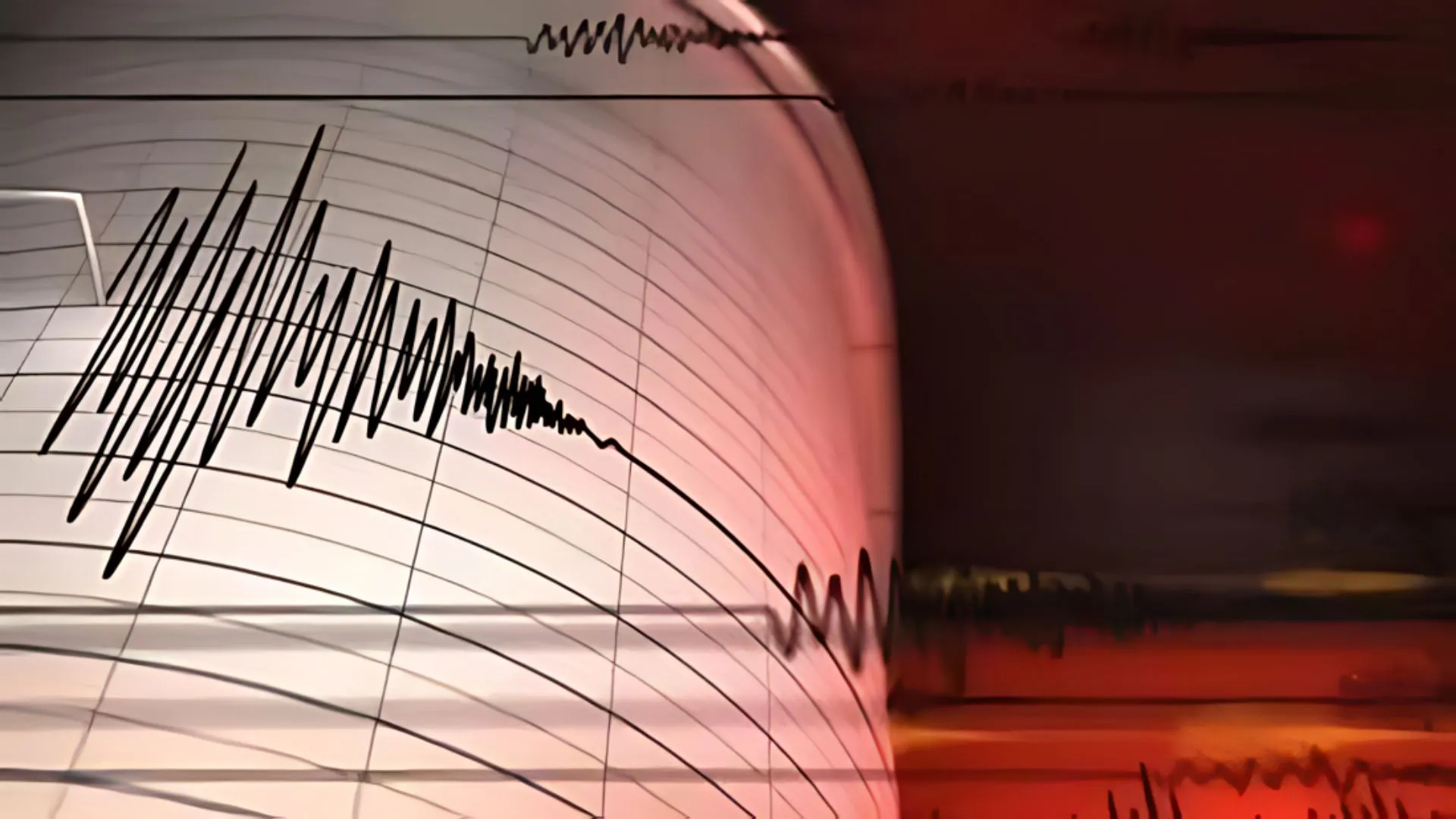On Sunday morning, residents of the National Capital Region (NCR) awoke to a disheartening haze as air quality plummeted sharply. The Central Pollution Control Board (CPCB) reported a 24-hour average air quality index (AQI) of 224 at 4 PM, categorizing the air quality as “poor.” This marks a troubling increase of 69 points from the previous day’s AQI of 155, which was classified as “moderate.”
Causes of Deterioration
Experts attribute the decline in air quality to several factors, primarily the smoke emanating from Dussehra effigy burnings and the stagnant atmospheric conditions typical of winter. This episode is the first significant drop in air quality since the end of the monsoon season, signaling the onset of a period often fraught with poor air quality. The combination of meteorological conditions, agricultural burning in Punjab and Haryana, and local emissions contribute to a toxic mix that can lead to severe health impacts, including school closures and stay-at-home advisories.
The Commission for Air Quality Management (CAQM) reported that since Saturday night, air quality had deteriorated due to “episodic events.” However, there was a glimmer of hope as the CAQM noted a slight improvement in AQI readings, reporting a decline to 222 by 5 PM. The commission anticipates further improvement in air quality, projecting “moderate” pollution levels by Monday.
Potential Measures and Expert Insights
In light of the current situation, the CAQM indicated that they would continue to monitor air quality for another day before deciding whether to invoke Stage 1 of the Graded Response Action Plan (GRAP). This plan encompasses 24 preventive measures aimed at mitigating air pollution, such as enhancing mechanized street sweeping, closing construction sites larger than 500 square meters, and deploying additional traffic police at congestion points.
Anumita Roychowdhury, executive director of research and advocacy at the Centre for Science and Environment, elaborated on the causes of the poor air quality. She stated, “With the onset of winter, the city and the larger NCR region require strong preventive measures to be better prepared.”
Weather Conditions and Historical Context
On Sunday, Delhi’s minimum temperature recorded a drop below 20°C for the second consecutive day, settling at 18.6°C, which is a degree below normal. This was the first time this season that the temperature dipped below 20°C, mirroring the same reading on Saturday.
Comparing historical data, last year, the AQI in Delhi a day after Dussehra (October 25) was recorded at 243 (poor). This figure significantly contrasts with 2022, when the AQI was just 79 (satisfactory), marking it as the best air quality in Delhi for the day after Dussehra since 2015. Notably, the worst post-Dussehra AQI was 353 (very poor) in 2020.
The fluctuation in air quality trends is closely linked to the timing of festivals. The upcoming weeks are critical, as this period sees a rise in pollution levels, particularly due to the smoke from stubble burning in Punjab and Haryana, where farmers resort to burning paddy stubble as a cost-effective and swift method for clearing fields for subsequent crops. This year, Diwali, a festival that typically features firecracker celebrations despite a ban, falls within this high-pollution window.
Temperature Insights
On Sunday, the maximum temperature reached 35.1°C, two degrees above normal, an increase from the previous day’s high of 33.6°C. According to forecasts from the India Meteorological Department, warm conditions are expected to persist, with maximum temperatures hovering around 35°C and minimums settling at 19°C in the coming days.


















